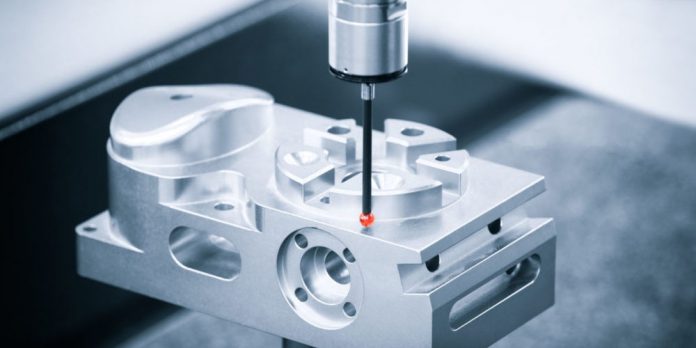CNC machining is a subtractive manufacturing process that creates a product by removing materials from it. It uses computer controls and tools in various applications such as medicine, automotive, aerospace, and electronics to achieve this. Machines like grinders, lathes, mills and routers play a massive role in achieving the desired part. With the increase in companies providing CNC services, China remains unmatched. It’s known for the best machining services and parts needed in the process. It’s essential to know the tips to outsource CNC machining services in China for maximum benefits. In this post, we look at the types and benefits of CNC machining operations.
Types of CNC Machining
There are three types: CNC milling, drilling, and turning.
1. CNC Milling
It is the removal of material from an object to develop a particular design progressively. A rotating multipoint cutting tool is used whereby the object is put on a moveable top and fed into it in the exact direction as its rotation. Materials suitable for use in the milling process are metal, wood, glass, and plastic.
2. CNC Drilling
The drilling process has a twist to it compared to the other two. It involves cutting using drill bits, forming holes on a product. It starts by accessing and uploading the computer software files: (CAD) computer-aided design and (CAM) computer-aided manufacturing. On the work surface, drill bits are fixed, the product is secured firmly, and the drilling process begins. The machine spindle lowers to create holes of varying sizes and diameters which can fit bolts and crews. Machines such as Bench, Radial, and Uprights are best known for CNC drilling.
3. CNC Turning
Single-point cutting tools are used to develop a suitable workpiece by deducting some of its material. The cutting tools are fed parallel to the workpiece, rotated at varying speeds. Material is removed from the product’s circumference till the desired diameter is reached. This produces cylindrical parts having internal and external features like tapers and threads. The primary machine used for the process is a CNC lathe machine.
Benefits of CNC Machining Operations
CNC machining is an automated process that has proved to have tremendous benefits than manual machining. Such include;
1. Design Retention
Prototypes are created using Computer-Aided Software; hence the machine can replicate and produce a similar designed object. In the process, several functions are also produced, which a manual machine cannot replicate.
2. High Productivity Levels
The machining process is continuous and goes on even in your absence. Machine malfunctions or employee breaks are not necessary. Safety is enhanced as the operators can monitor the progress through the glass barrier. Computers controlling the process make it efficient, increase the speed and rate of production, and increase product quality.
3. Material Diversity
CNC machining accommodates various materials like mild steel, stainless steel, titanium, aluminum, and plastic; however, there are few exceptions. It is suitable for industries dealing with multiple materials.
4. Fewer Test Runs
CNC machining has a visualization system that an operator uses to see what will happen next. The technology helps avoid mishaps during the early stages of the process.
Conclusion
Product manufacturing has become easier with the accuracy, precision, and efficiency of CNC machining. Few errors are made in product development which is suitable for companies producing complex designs.











